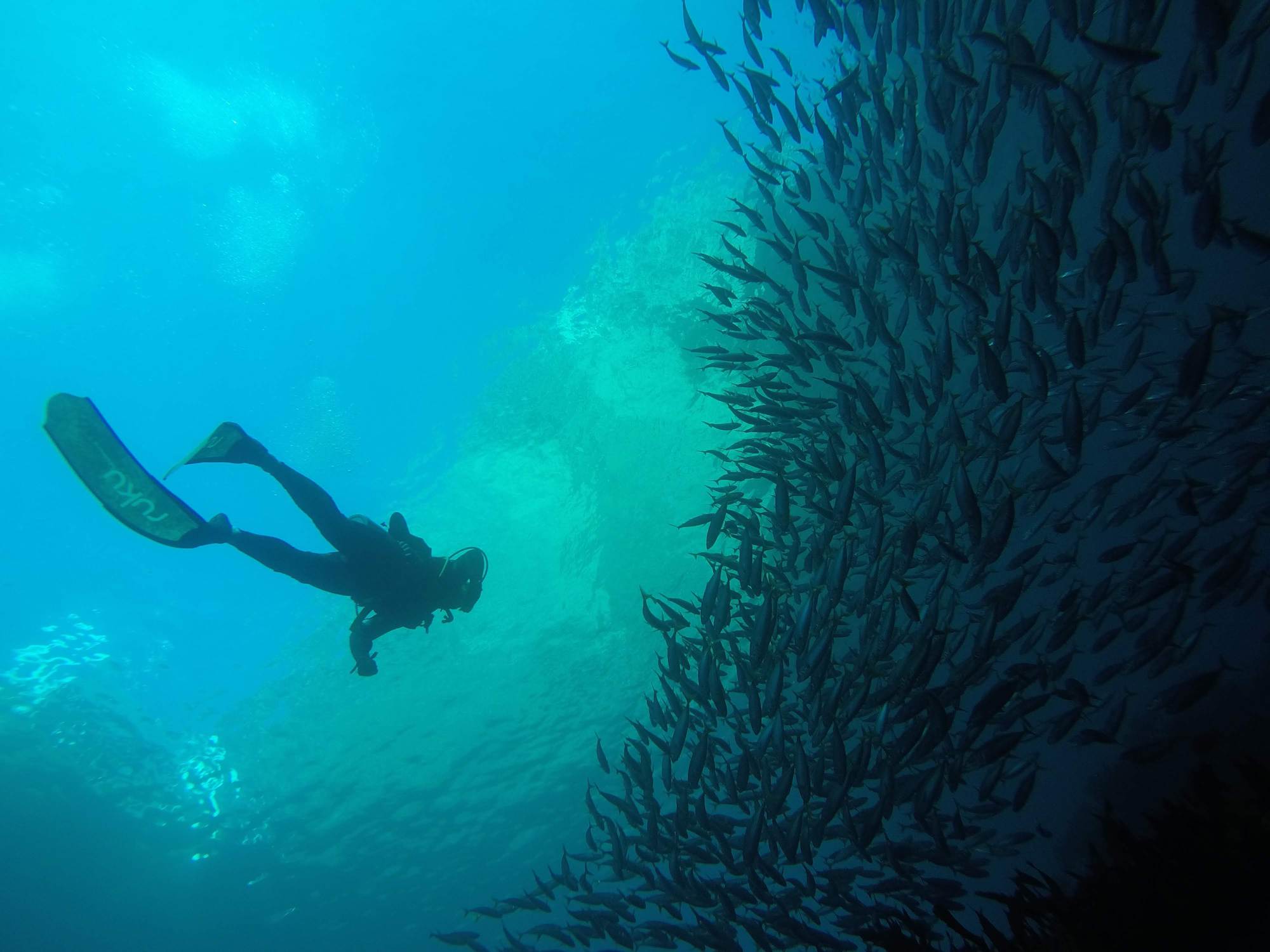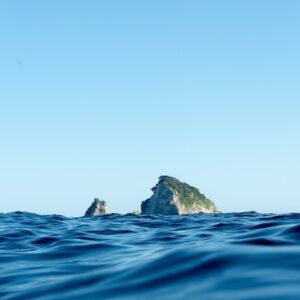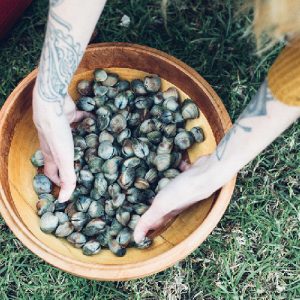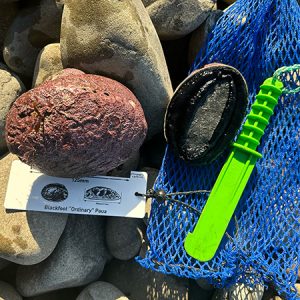Originally published in Mahurangi Matters, July 2024.
Kiwis spend a lot of time along our coastlines, whether it’s gathering shellfish to share with family and friends, casting a line out, or enjoying the easy-going beach lifestyle. You may have also noticed that our marine environment isn’t what it used to be.
Fish don’t come inshore like they used to. When was the last time anyone saw a boil up happening off the beach? Not to mention the multiple closures (rāhui) in place to try to combat the widespread depletion of cockles and pipis.
So how is the government going to address the public’s ongoing concerns with declining biodiversity, fish abundance and water quality in the Hauraki Gulf? Establishing 12 new high protection areas (HPAs) will surely do the trick, or at least that’s the story we’ve been sold.
The Hauraki Gulf/Tīkapa Moana Marine Protection Bill will be enacted later this year now that the Environment Select Committee has made its recommendations. Alongside the HPAs, the Bill provides for five seafloor protection areas and extensions to two existing marine reserves, including Goat Island.
The Bill aims to restore the mauri (life force) of the Hauraki Gulf Marine Park. However, the proposed measures do not go far enough to achieve this goal.
Land-based run-off, sedimentation, destructive fishing methods and excessive commercial catch limits are just a few of the issues contributing to the decline in the health of the Gulf. None of these will be addressed by implementing high protection areas that restrict families from gathering fresh kai moana.
Closing small areas off to fishing is simply putting duct tape over a hole in a sinking ship. Abundances of shellfish and our inshore fish species will continue to decline without meaningful action across the entire Hauraki Gulf Marine Park.
Officials have sold the Bill as being the answer to depletion, but it couldn’t be further from the truth – it’s a dog’s breakfast on a silver platter.
The Bill fails to reflect what was originally agreed upon by environmental, recreational, and commercial fishing stakeholders in 2017 in the Sea Change process, a plan initiated to guide the restoration of the Gulf. The objectives included seeing the end of bottom trawling in the Gulf and working together with local communities and mana whenua to develop localised solutions to depletion.
LegaSea has been vocal about the need to designate the Hauraki Gulf Marine Park as a Type 2 Marine Protection Area. This allows for 100% protection of the Hauraki Gulf from bottom trawling, dredging and Danish seining.
LegaSea, New Zealand Sport Fishing Council, New Zealand Underwater and the New Zealand Angling & Casting Association continue to collaborate in advocating for more abundant fish populations and an integrated protection package driven by the community. We are not willing to settle for ineffective protection.
The Hauraki Gulf is a precious resource, loved and enjoyed by many. If we want our kids to grow up experiencing the joys of collecting shellfish and catching their first fish, officials need to devise effective strategies to address the root causes of depletion and loss of biodiversity.
Councils need to stop land run-off and officials need to ban destructive and excessive fishing from the Gulf. Closing a few selected areas to fishing is simply not enough if we aspire to an abundant future.





